#tree frogs
Text



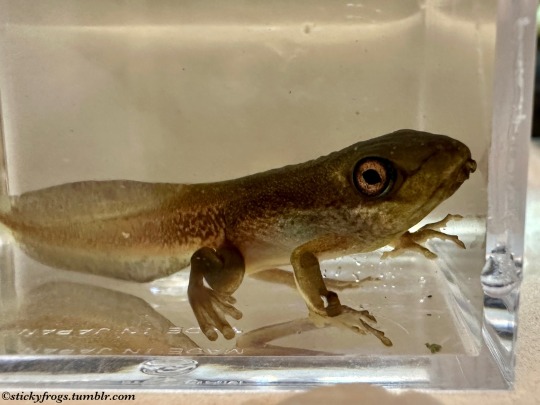
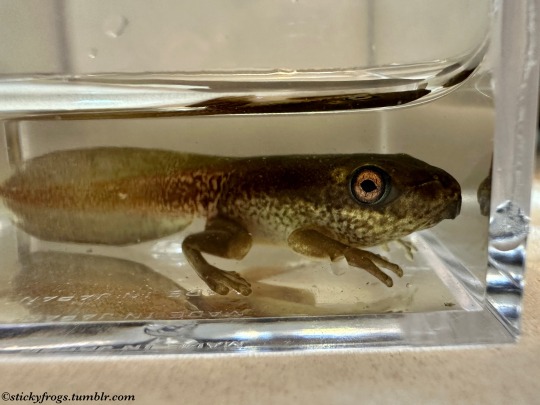
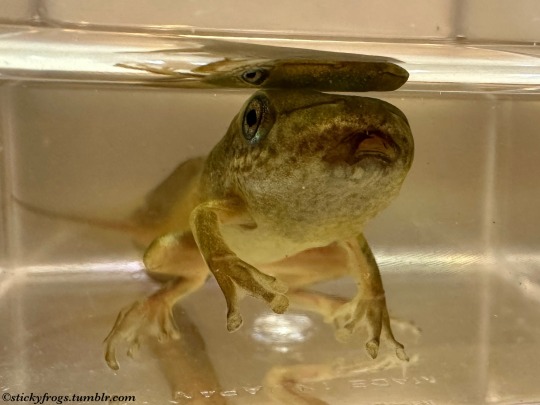
Today we have welcomed six new friends with Arms! Barney, Argyle, Molly, Orino, Adelene, and Lunchbox!
292 notes
·
View notes
Text



get magnetized loosers
-
barks-bog.com
474 notes
·
View notes
Text
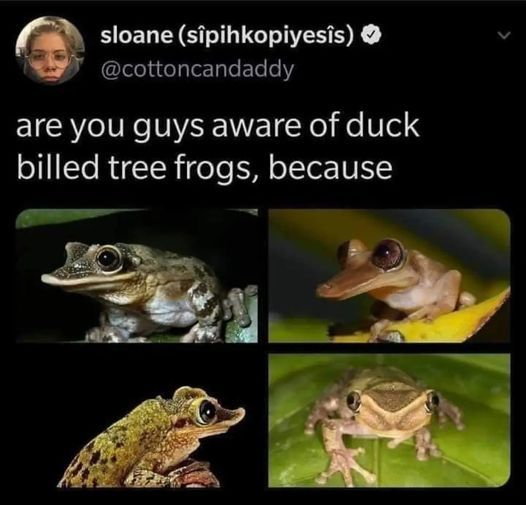
One's got a cute little turned up nose. Aren't they sassy?
827 notes
·
View notes
Text
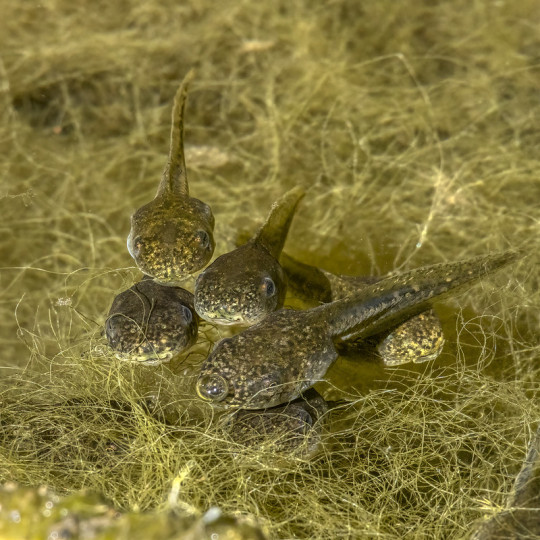
A group of Pacific treefrog tadpoles (Pseudacris regilla) in El Chorro Park, California
by marlin harms
#pacific tree frog#tree frogs#frogs#amphibians#pseudacris regilla#pseudacris#hylidae#anura#amphibia#chordata#wildlife: california#wildlife: usa#wildlife: north america
273 notes
·
View notes
Text

My basement spawns frogs. This is today's frog, who has now been released in the woods.
756 notes
·
View notes
Text


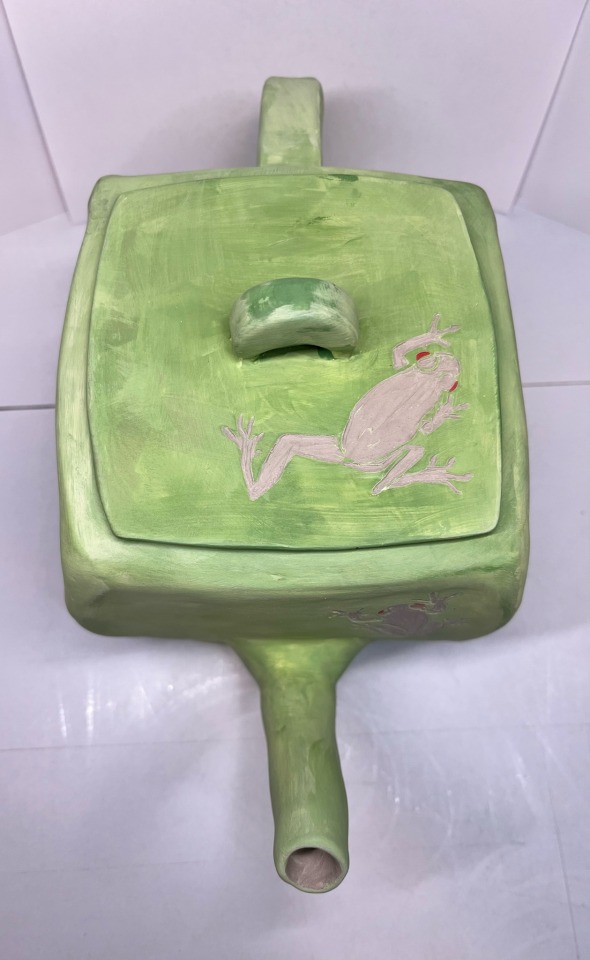




tree frogs won the teapot poll so here they are!
the timelapse didn’t turn out great, focusing issues I think. but it’s still fun to watch
#available once fired#pottery#ceramics#ceramic art#sgraffito#carving#underglaze painting#timelapse#time lapse#timelapse video#video#frogs#tree frogs#frog#teapot#hand built pottery#slab built pottery#amphibian art#frog art#red eyed tree frog
115 notes
·
View notes
Text

Reptiles, Amphibia, Fishes and Lower Chordata. Written by Richard Lydekker and others. Illustration by J. Green. Published in 1912.
Internet Archive
147 notes
·
View notes
Text

Dropping a frog gif and bouncing for several more months!
x
#stimboard account#not a board#stimmy#stim gif#stim#frog#frogs#tree frogs#tree frog#tiny frog#tiny#rainforest#rainforest animals#froge#frogge#froggy
71 notes
·
View notes
Text



Work in progress for some lucky Monkey Frogs by Slugger O'Toole
159 notes
·
View notes
Text
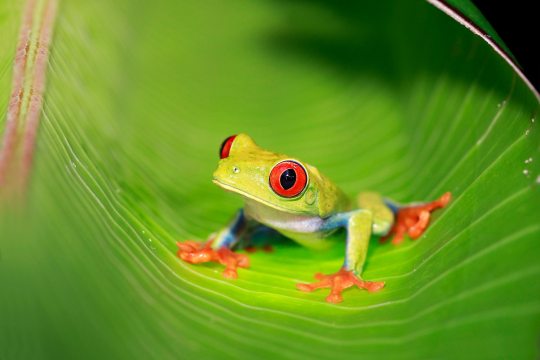


Keep Your Eye on the Red-Eyed Tree Frog
A striking specimen of frog, the red-eyed tree frog (Agalychnis callidryas) is found in the tropical regions of Central and South America, from southern Mexico to northern Columbia. Its primary habitat are rainforests, but they can also be found in wetlands or mangroves- anywhere with abundant water and high humidity.
Though small-- between 4-7 cm (1.57 -2.76 in) long and less than 15 g (0.53 oz)-- the red-eyed tree frog is well known for its bright, distinctive coloration. The body is bright green, with cream bellies and light blue streaks along the sides and hind legs. These features help individuals blend in to the leaves they rest on, while still being able to startle predators with bright colors when threatened. Likewise, the eyes are a vivid red which gives A. callidryas its common name. Even when its eyes are closed, this species has a distinctive look; rather than true eyelids, they have a semi-translucent eyelid called a nictating membrane that allows them to sense when potential predators are approaching.
Adults and juveniles alike face many threats due to their small size. Eggs are a popular food for polybid wasps and snakes, while hatchlings are more commonly predated upon by shrimp and large fish. Mature adults become food for aquatic spiders, snakes, birds, and bats. However, the skin of A. callidryas contains several mild poisons that serve to deter predators through a foul taste. The red-eyed tree frog itself is a nocturnal carnivore, consuming primarily insects and the occasional tadpole. This species spends most of its life in the trees, and rarely descends to the ground.
Red-eyed tree frogs mate during the rainy season, from October to March. Males call loudly to attract females, and wrestle each other for primary access; females are attracted to males with the loudest calls, but must often face a gauntlet of lesser males attempting to mate with her before she can reach her target. Some males may also shake the branches they sit on to detach rival males; this vibration is especially attractive to females. Following successful mating, the female lays about 40 eggs on the underside of a leaf overhanging a small body of water.
Eggs typically hatch 6 or 7 days after being laid, and hatchling drop from the leaf into the water below. A. callidryas spends about 45 days as a tadpole, after which time they emerge from the water and move upwards to begin their lives in the trees. Young red-eyed tree frogs don't become fully mature for another two years in the wild, but may not begin mating for another two years; because they only live about 5 years in the wild, this means that individuals may only mate once or twice in their lifetimes.
Conservation status: Currently the red-eyed tree frog is considered Least Concern by the IUCN. However, populations are decreasing at a rapid rate due to a combination of threats including deforestation, capture for the pet trade, and a highly infectious disease known as chytrid fungus.
If you like what I do, consider leaving a tip or buying me a ko-fi!
Megan Lorenz
Juan Gabriel Abarca
Brian Gratwicke via iNaturalist
#red-eyed tree frog#Anura#Hylidae#tree frogs#frogs#amphibians#tropical fauna#tropical amphibians#tropical rainforests#tropical rainforest amphibians#wetlands#wetland amphibians#central america#south america#biology#zoology#animal facts
83 notes
·
View notes
Text


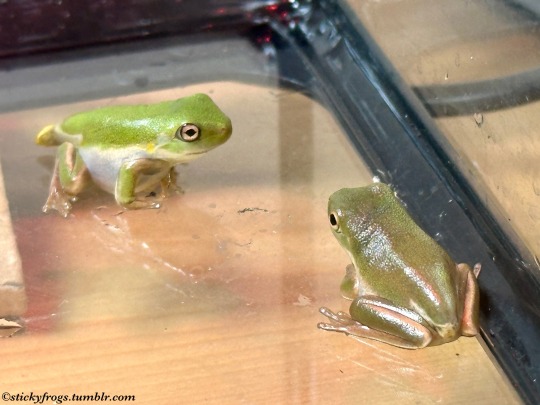
Growing Up and Making Friends with the LongFroglets and RoundFroglets!
304 notes
·
View notes
Text

Finding frogs while camping.
995 notes
·
View notes
Text


She is very polite
[ID: Two pictures of Rice the greeny blue and brown amazon milk frog sitting on a wall mounted fake rock in their enclosure]
33 notes
·
View notes
Text

A red eyed tree frog (Ranoidea chloris) in Queensland, Australia
by Tony Jewell
#red eyed tree frog#tree frogs#frogs#amphibians#ranoidea chloris#ranoidea#hylidae#anura#amphibia#chordata#wildlife: australia#wildlife: oceania
212 notes
·
View notes
Photo
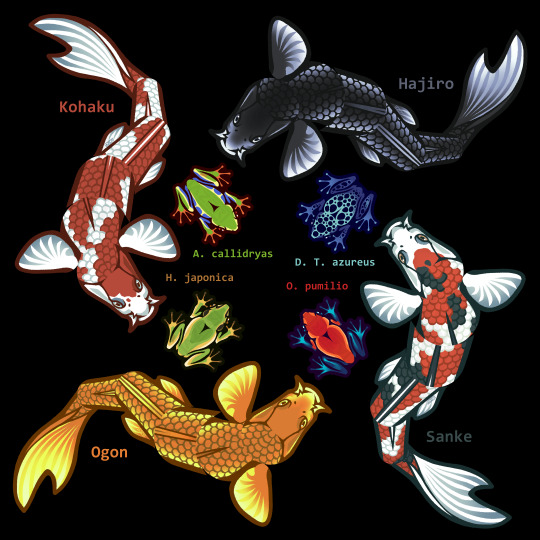




Poseable Koi Magnets are now available in my BigCartel store!
Listing link here
#art#my art#art for sale#magnets#magnets for sale#poseable magnets#art store#big cartel#bigcartel#koi#koi carp#kohaku koi#hajiro koi#ogon koi#sanke koi#frog#frogs#tree frog#tree frogs#Agalychnis callidryas#red eyed tree frog#hyla japonica#japanese tree frog#Oophaga pumilio#strawberry poison dart frog#poison dart frog#Dendrobates tinctorius azureus#blue poison dart frog#lily pad#lily pads
155 notes
·
View notes
Text


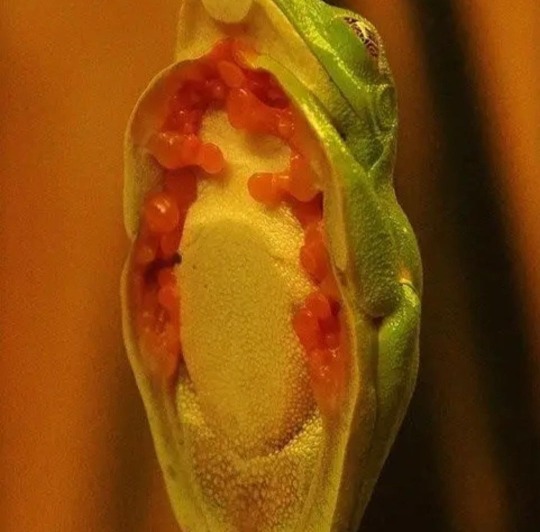


#goblincore#frogs#cottagecore#frog#frogblr#frogcore#animals#nature#critters#tree frog#Tree frogs#They leaf
298 notes
·
View notes